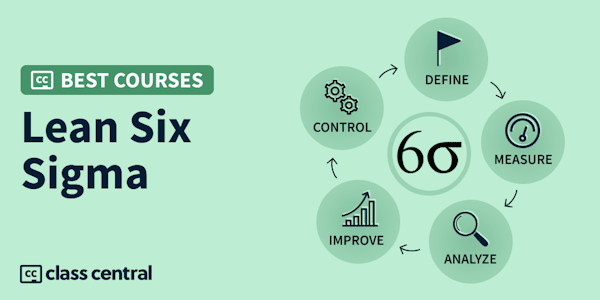Supply shortages, pandemics, military wars, trade wars, and other disruptive events have a significant impact in both consumer behaviour and product availability. Companies are becoming aware that historical sales data sets might no longer be relevant; and that the customary forecasting methods are not the best for their new current situation.
This is the reason why, demand for skilled, critical and flexible Demand Planners with broad perspective is on the rise.
In this course you will be able to decide if previously used forecasting techniques are the right ones for today's "New Normal" business environment. You will be capable of forecasting customer demand of different offerings going through different stages in their product life cycles; using causal and judgemental techniques, market research, statistical methods, time series of past sales and most recent customer orders.
You will also be able to separate relevant from non-relevant data, and mitigate the impact of low forecast accuracy in demand planning, inventory management and profitability.
By the end of this course, that is part of the edX Professional Certificate program to become a Certified Forecaster and Demand Planner (CFDP), you will be able to choose the right forecasting method for each data pattern and understand how to improve forecast performance with Machine Learning and Lean Six Sigma principles.
CFDP certified professionals are globally preferred by recruiters for decision making positions because they are capable of forecasting both slow and rapidly changing seasonal, intermittent and new product demand.
To become an ISCEA Certified Forecaster and Demand Planner (CFDP), you must complete all three preparatory courses and successfully pass the CFDP Exam.





